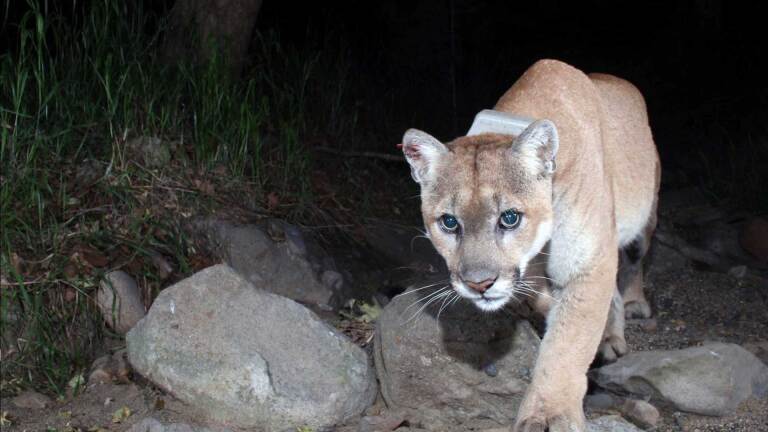Illicit Ivory
Every twenty minutes an elephant is killed to feed an insatiable demand for ivory. African elephants may be gone in as little as ten years. Behind the slaughter are the most dangerous groups in the world – organized crime syndicates, insurgents and terrorists. Ivory buys guns and ammunition for Uganda's Lord’s Resistance Army and Sudan's Janjaweed, both linked to mass atrocities and supports al Shabaab, the al Qaeda affiliate behind the attacks on Kenya’s Westgate Mall and Garissa University. Making the biggest money on Illicit ivory trade are organized criminal syndicates that traffic humans, narcotics and guns. The killing of Africa's elephants is not only a conservation issue - it is a matter of global security.
Elephants have lived in the savannas and forests of Africa for more than two million years. They are the largest land animals on Earth – and one of the most intelligent. They feel emotions like grief and joy. They learn, play, display compassion and altruism. Some experts say they even have a sense of humor. Can African elephants survive in the wild? A global effort is underway to help save them. Will it be enough?
Read about the U.S. Fish and Wildlife Service's national ban against the trade of elephant ivory in this New York Times story.
Related
























